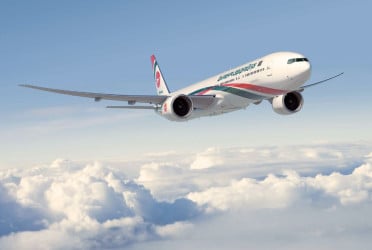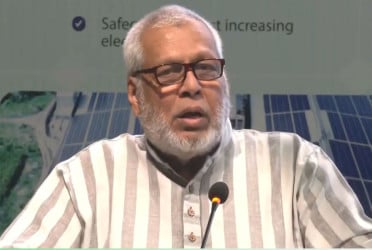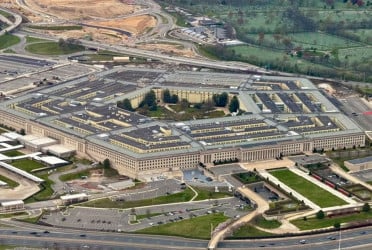Intel announced on Monday that CEO Pat Gelsinger resigned after less than four years in the role, handing control to interim co-CEOs as the company seeks a permanent replacement. Gelsinger, who stepped down on Dec. 1, had led Intel through an ambitious, costly plan to reclaim its dominance in chipmaking—a position it lost to Taiwan Semiconductor Manufacturing Co. (TSMC).
Gelsinger, retiring after a 40-year career, also resigned from Intel’s board. He originally joined Intel in 1979 and served as its first CTO before returning as CEO in 2021. While Gelsinger reassured investors and U.S. officials that Intel's manufacturing turnaround was on track, the full results are expected next year, when the company plans to bring a flagship laptop chip back to its own factories.
Frank Yeary, Intel’s independent board chair, emphasized the company's commitment to regaining competitiveness and restoring investor confidence. Despite Gelsinger’s exit, Intel’s stock rose nearly 5% in premarket trading, though it has lost more than half of its value this year.
David Zinsner, Intel's CFO, and Michelle Johnston Holthaus, senior executive and CEO of Intel Products, will serve as interim co-CEOs while the board searches for a permanent leader.
Intel faces additional challenges, including the Biden administration’s decision to reduce part of Intel's $8.5 billion federal funding for chip plants. The cut stems from $3 billion Intel receives to produce chips for the military. Intel also recently announced plans to lay off 15,000 workers as part of its restructuring efforts.
Intel’s struggle to regain its footing comes amid increased competition from rivals like Nvidia and AMD. Unlike its competitors, Intel both designs and manufactures chips.
Source: Daily Sabah
Bd-pratidin English/ Jisan





































































